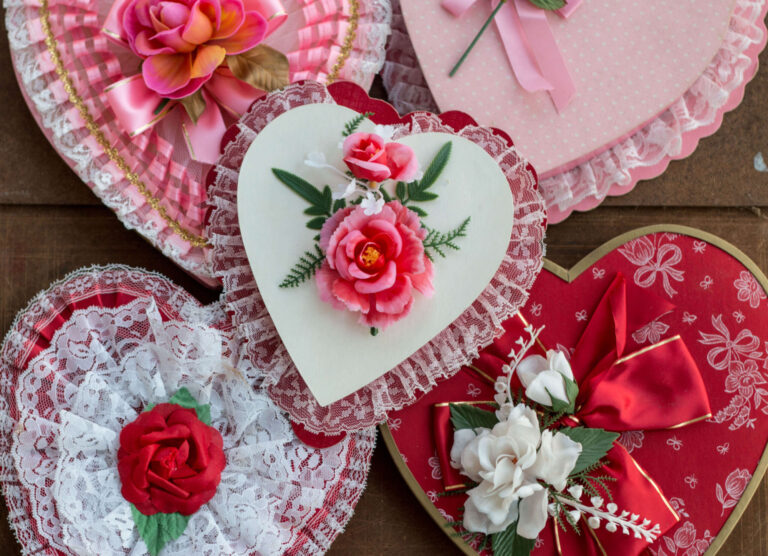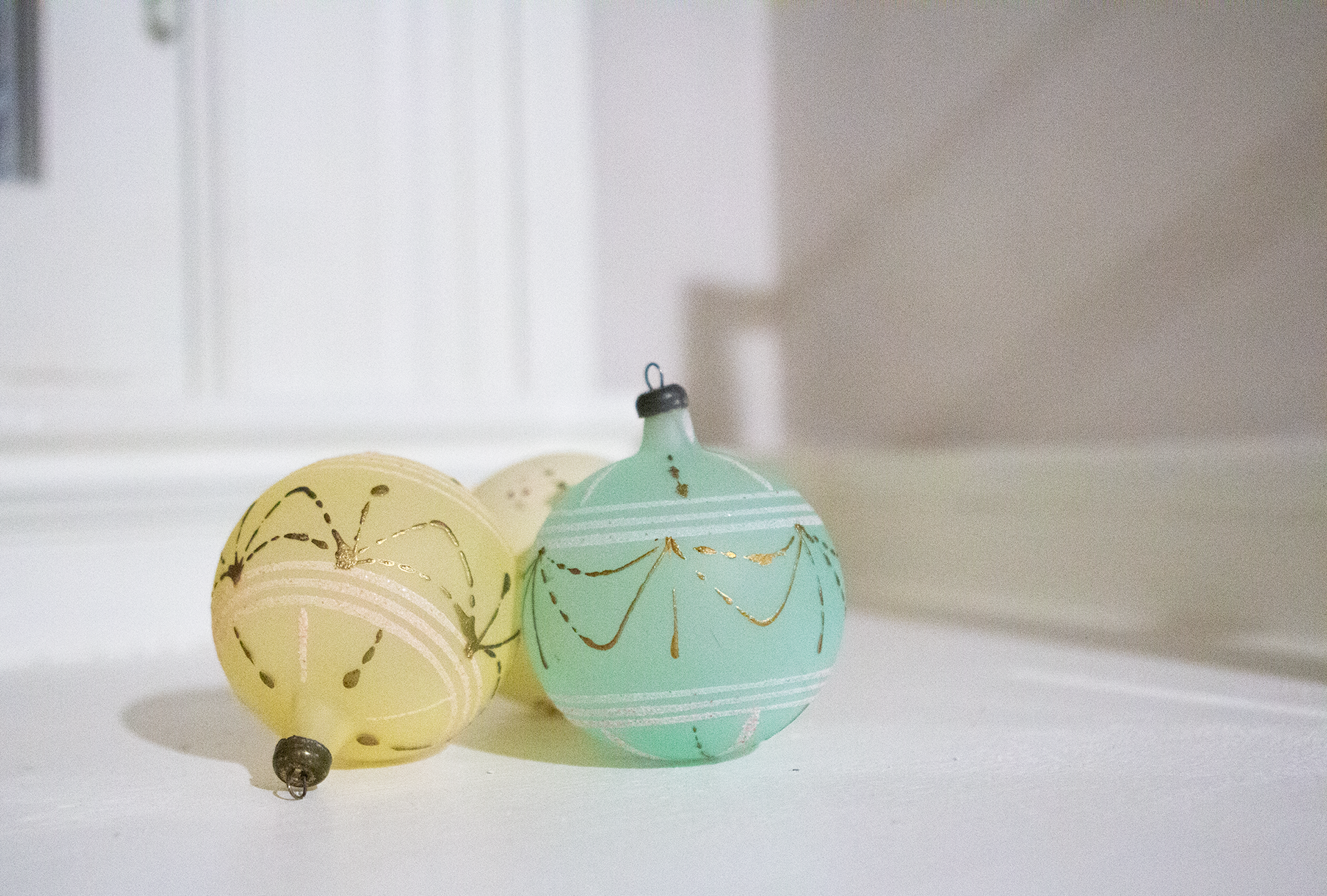Collections – My Vintage Chocolate Box Collection

It’s no lie that I have a sweet tooth and a huge love for all things vintage. Old candy boxes bring these two worlds together. I remember my best friend growing up Sandy C, her mom decorated the basement playroom with a few heart-shaped chocolate boxes she got for Valentine’s Day. They were hung up and used as wall art and I remember how much I loved that she did that. She elevated that box to more than just a vehicle to deliver candy. She turned them into wall art and I thought they were absolutely worthy. Truth is I often find that the packaging is more magical than the item inside.






Ornately decorated heart-shaped boxes are my favorite, but I also collect tins and beautiful cardboard boxes. Candy and chocolate were initially sold by weight and were often just wrapped in simple paper. At some point in the early 1900s, packaging became more important. It started as a way to protect the candy but it was also a way to advertise the candy company.

These are a few pieces from my small collection. My favorites are the heart-shaped chocolate boxes of the ’70s and ’80s. But a simple and beautiful box like the Thurston & Johnson is just as beautiful to me. I don’t keep them out all year as my neighbor did. I use these boxes yearly for my small Valentine’s Day vignette.





Candy boxes are one of the things that are always in the back of my mind when I’m out-picking. It’s not a popular collectible and it’s also a very fragile collectible so it’s taken me 15 years to amass this small collection I have. It’s taken me this long because I prefer to find these out in the wild, and by wild, I mean estate sales, yard sales, and flea markets. I know I can buy them on eBay (for a lot of money), but the search is a huge part of collecting.
I know that it’s what is on the inside that is most important but not in this case.

Collections – My Vintage Chocolate Box Collection Read More »

































